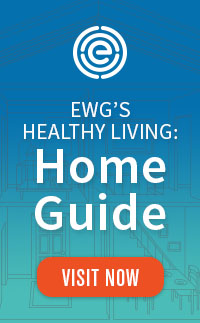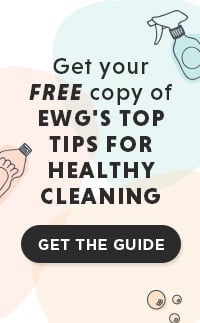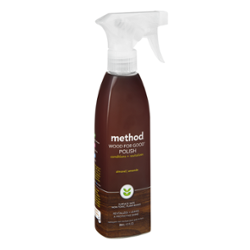Evidence
Health issue
Level of Concern
Source
Thickener
Very toxic to aquatic life
Very toxic to aquatic life
high
EU GHS Hazard Labeling Codes: GHS Hazard Codes
Thickener
Causes severe skin burns and eye damage
Only in: Oven Cleaner; Drain Opener/Clog Remover; Hard Water Stain Remover; Toilet Cleaner; Stove Top Cleaner; Household Cleaners
Causes severe skin burns and eye damage
Only in: Oven Cleaner; Drain Opener/Clog Remover; Hard Water Stain Remover; Toilet Cleaner; Stove Top Cleaner; Household Cleaners
high
EU GHS Hazard Labeling Codes: GHS Hazard Codes
Thickener
Causes skin corrosion
Only in: Oven Cleaner; Drain Opener/Clog Remover
Causes skin corrosion
Only in: Oven Cleaner; Drain Opener/Clog Remover
moderate
Centers for Disease Control and Prevention (CDC): NIOSH Pocket Guide to Chemical Hazards
Thickener
Harmful in contact with skin
Only in: Household Cleaners
Harmful in contact with skin
Only in: Household Cleaners
moderate
EU GHS Hazard Labeling Codes: GHS Hazard Codes
Thickener
Harmful if inhaled
Only in: Household Cleaners
Harmful if inhaled
Only in: Household Cleaners
moderate
EU GHS Hazard Labeling Codes: GHS Hazard Codes
Thickener
Harmful if swallowed
Only in: Household Cleaners
Harmful if swallowed
Only in: Household Cleaners
some
EU GHS Hazard Labeling Codes: GHS Hazard Codes
Thickener
Causes severe skin burns and eye damage
Only in: Drain Opener/Clog Remover; Oven Cleaner; Hard Water Stain Remover; Toilet Cleaner; Stove Top Cleaner; Household Cleaners
Causes severe skin burns and eye damage
Only in: Drain Opener/Clog Remover; Oven Cleaner; Hard Water Stain Remover; Toilet Cleaner; Stove Top Cleaner; Household Cleaners
some
EU GHS Hazard Labeling Codes: GHS Hazard Codes
Thickener
Causes respiratory irritation
Causes respiratory irritation
some
Centers for Disease Control and Prevention (CDC): NIOSH Pocket Guide to Chemical Hazards
Thickener
Causes skin sensitization
Causes skin sensitization
some
Centers for Disease Control and Prevention (CDC): NIOSH Pocket Guide to Chemical Hazards
Thickener
upper respiratory tract irritation
upper respiratory tract irritation
some
American Conference of Governmental Industrial Hygienists (ACGIH): Threshold Limit Value (TLV) Basis
Thickener
Causes skin irritation
Causes skin irritation
some
Centers for Disease Control and Prevention (CDC): NIOSH Pocket Guide to Chemical Hazards
Thickener
Causes eye corrosion
Only in: Drain Opener/Clog Remover; Oven Cleaner
Causes eye corrosion
Only in: Drain Opener/Clog Remover; Oven Cleaner
some
Centers for Disease Control and Prevention (CDC): NIOSH Pocket Guide to Chemical Hazards
Thickener
may cause respiratory irritation
Only in: Household Cleaners
may cause respiratory irritation
Only in: Household Cleaners
some
European Chemicals Agency (ECHA): GHS Data from ECHA Website
Thickener
Causes serious eye damage
Only in: Household Cleaners
Causes serious eye damage
Only in: Household Cleaners
some
European Chemicals Agency (ECHA): GHS Data from ECHA Website
Thickener
Not classifiable as to its carcinogenicity to humans
Not classifiable as to its carcinogenicity to humans
low
International Agency for Research on Cancer (IARC): Agents classified by the IARC Monographs (through Volume 127)
Thickener
not classifiable as a human carcinogen
not classifiable as a human carcinogen
low
American Conference of Governmental Industrial Hygienists (ACGIH): Threshold Limit Value (TLV) Basis
Thickener
Not known to cause asthma
Not known to cause asthma
low
Association of Occupational and Environmental Clinics (AOEC): AOEC Exposure Code List (2020 Update)

























